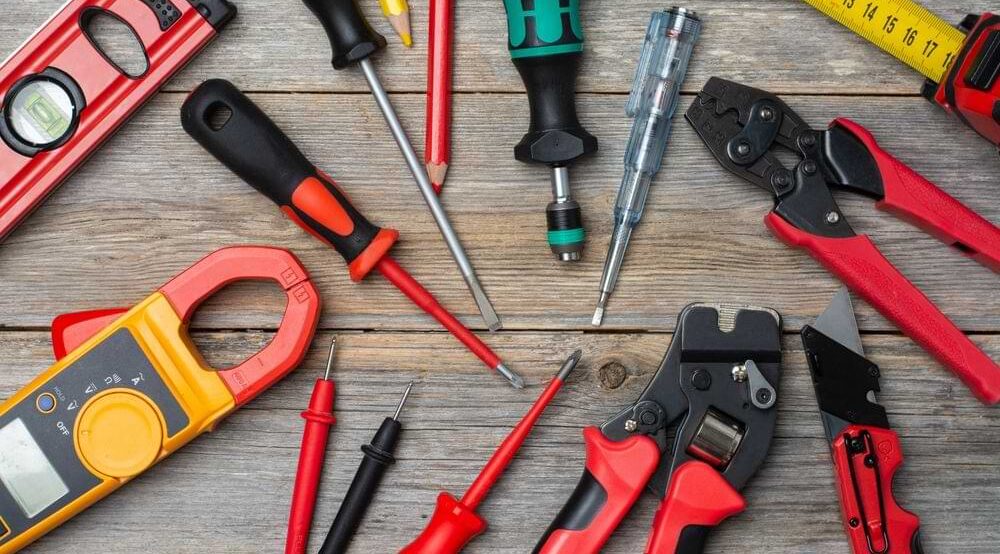Electrical wiring is one of the most fundamental skills for any electrician. It involves installing and connecting electrical systems in homes, offices, and industrial spaces. For students learning the electrical trade, understanding the basics of wiring, the tools required, and the safety protocols is essential to becoming a skilled professional.

This guide will cover the essential tools, basic wiring techniques, and critical safety measures to help you master electrical wiring.
What is Electrical Wiring?
Electrical wiring is the process of connecting electrical components like switches, sockets, lights, and circuit breakers to create a functional and safe system. Wiring ensures that electrical power is distributed effectively and safely to all appliances and devices.
It includes various types of wires, connections, and methods, which differ based on the type of building or system being wired.
Essential Tools for Electrical Wiring
Having the right tools is crucial for efficient and safe electrical work. Here are the must-have tools for electrical wiring:
- Screwdrivers: Used for installing and removing screws in electrical components.
- Wire Strippers: Help in removing the insulation from wires without damaging them.
- Multimeter: A versatile tool used to measure voltage, current, and resistance in electrical circuits.
- Electrical Tape: Insulates wires and prevents electrical shocks or short circuits.
- Fish Tape: Helps in pulling wires through conduits or walls.
- Pliers: Used for bending, cutting, or gripping wires.
Basic Wiring Techniques
Learning the correct wiring techniques is vital for creating safe and functional electrical systems. Here are some common techniques:
- Strip the Wires Properly: Use a wire stripper to remove just enough insulation without damaging the wire underneath.
- Secure Connections: Ensure that all wires are securely connected to terminals and tightly fastened.
- Use Color Codes: Follow standard color codes for wiring, such as black for live, white for neutral, and green for ground wires.
- Organize Wires: Keep wires organized and neatly bundled to avoid confusion during installation or troubleshooting.
- Test Your Connections: Use a multimeter to test your connections and ensure there are no faults or shorts in the circuit.
Safety Measures for Electrical Wiring
Electrical wiring can be hazardous if proper safety measures are not followed. Here are some essential safety tips:
- Turn Off the Power: Always switch off the power supply before working on any electrical wiring.
- Wear Protective Gear: Use insulated gloves, goggles, and boots to protect yourself from shocks and injuries.
- Use the Right Tools: Ensure your tools are insulated and designed for electrical work.
- Check for Live Wires: Use a voltage tester to ensure no wires are live before touching them.
- Avoid Overloading Circuits: Distribute electrical loads properly to prevent overheating or tripping breakers.
Common Mistakes to Avoid
Beginners often make mistakes when learning electrical wiring. Here are some common errors and how to avoid them:
- Loose Connections: Always tighten connections to prevent overheating or sparks.
- Ignoring Safety Protocols: Never work on live wires or skip safety checks.
- Using Incorrect Wires: Use wires with the correct thickness and insulation for the circuit load.
- Poor Wire Organization: Avoid tangled wires as they make troubleshooting difficult and increase fire risks.
Conclusion
Mastering the basics of electrical wiring is the first step toward becoming a skilled electrician. With the right tools, proper techniques, and strict adherence to safety protocols, you can perform wiring tasks efficiently and safely. Remember, practice and attention to detail are key to success in this trade.
Start applying these techniques today and take the first step toward building a successful career in the electrical trade!